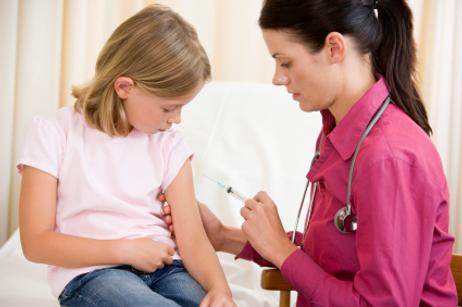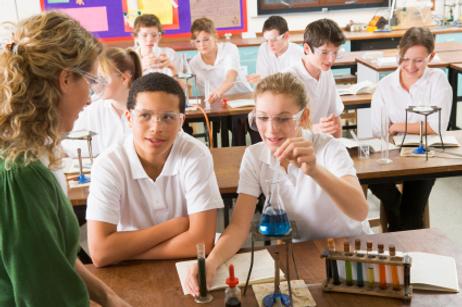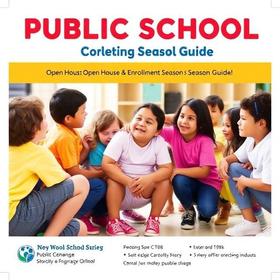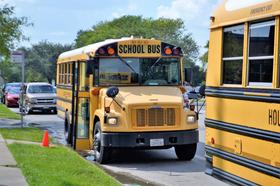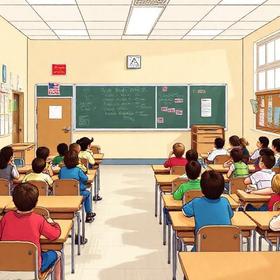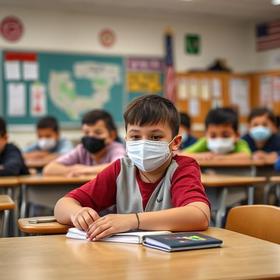Virtual learning may seem like a relatively new concept in the world of education, but distance learning via correspondence schools and other sources has actually been around for centuries. Virtual schools offer students the ability to get at least a portion of their education online, from the comfort of home. Some students even enroll in virtual schools full time, graduating without ever setting foot in a brick-and-mortar classroom! We’ll take a look at how the virtual school has evolved, what the benefits might be, and some areas of the country that are now actively promoting their virtual schools for struggling and overachieving students alike.
What is Virtual School?
According to WhatIs.com, virtual learning involves the use of computers and the Internet to create a classroom environment right at home. The core components of a successful virtual learning experience include:
- Curriculum mapping that breaks curriculum down into assessable segments
- The ability to track student progress
- Sufficient online support for both students and faculty
- Access to electronic communication like email, online chat, and video conferencing
- Links via the Internet to outside resources that enhance the learning experience
When all of these components are included in the virtual learning environment, virtual schools can be just as effective, if not more so, than the traditional classroom for many students today. Virtual schools are available on both the public and private school levels, so parents can often search out the best online learning environment for their child’s unique needs and abilities.
The Benefits


